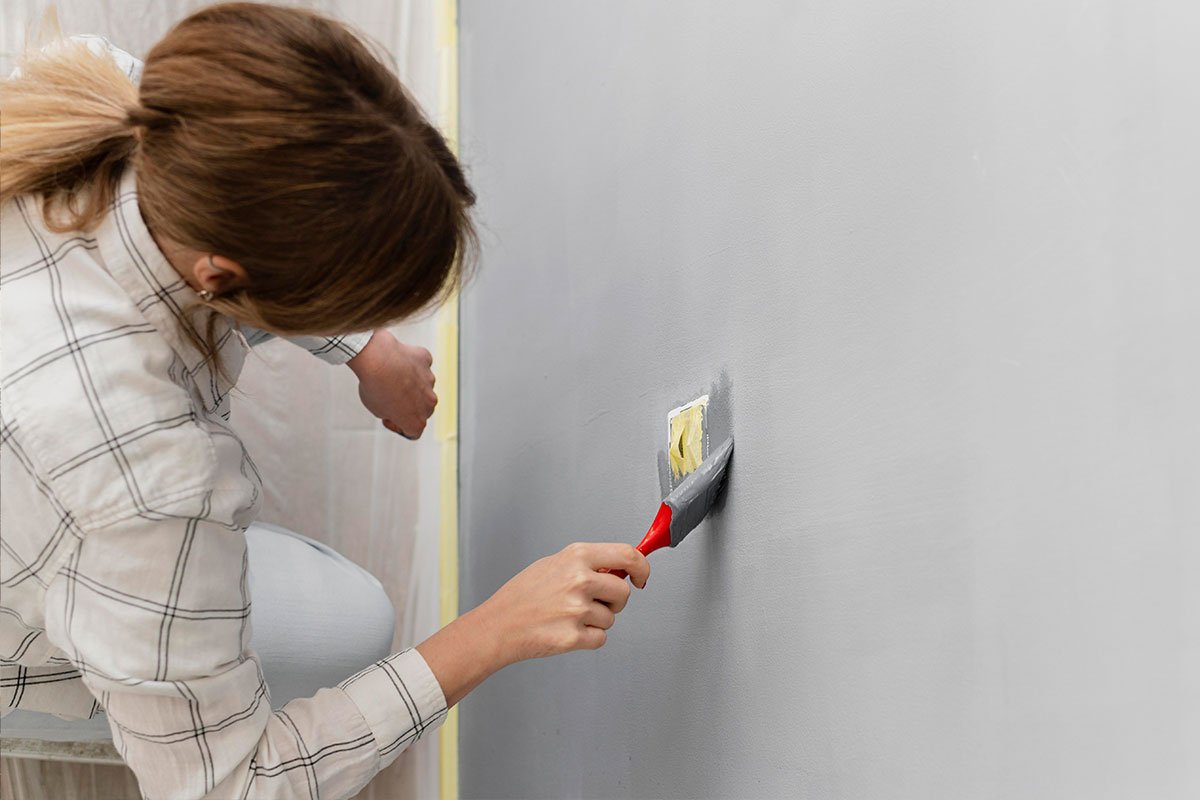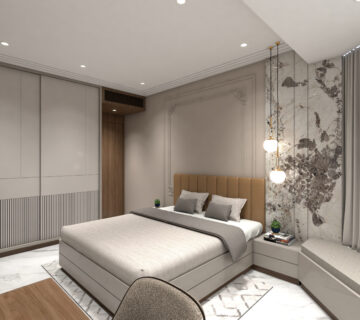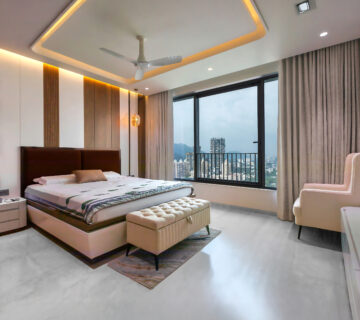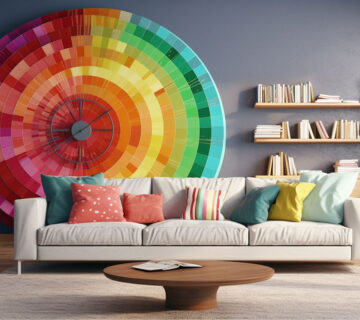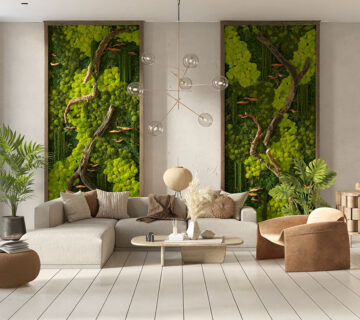As interior design evolves, individuals are taking greater care and responsibility when creating interior spaces, whether they are residential or commercial. In the world of luxurious interiors, walls are no longer merely viewed as dividing partitions. A guide to choosing the right wall finish can help homeowners and designers select the best options to enhance both aesthetics and functionality.
Several interior design firms recommend integrating wall finishes into the interior of your home since they are a captivating and contemporary trend. Top interior design companies advocate incorporating innovative wall finishes to elevate the overall aesthetics and ambiance of your home by viewing walls as more than just structural elements.
As part of our guide, we will provide insight into the myriad finishes and options available for walls.
Wallpapers
Wallpaper has become increasingly popular to add texture and vitality to walls. A wallpaper finish adds sophistication to your interiors by making them luxurious and inviting. Wallpapers are typically crafted from printed paper rolls and coated for surface protection and come in large rolls to be affixed to the wall. To ensure precision adhesion of the wallpaper to the wall surface, professional installation is essential. While wallpaper may be more expensive than standard wall paint, it offers a fast and immediate transformation. A variety of cost-effective options are also available.
There are countless designs, patterns, and styles of wallpaper that seamlessly integrate into various luxury interiors, adding a touch of glamour to any room. A vinyl coating or an entirely vinyl wallpaper may be used on commercial-grade wallpaper.
Common Wall Paint
Traditional wall paint, or regular wall paint, remains the best option for wall finishes. It is a popular choice because of its affordability and reliability. It is composed of additives, resin binding agents, solvents, and pigments to enhance its properties and give it the desired color.
Colors for your walls can be customized based on your preferences and can be chosen from various shades and palettes. Choose colors that reflect the atmosphere you want to create. Wall paint is often the preferred wall finish of interior designers.
The benefits of wall paint are numerous. This material is widely available in a variety of colors and options, making it an excellent choice for those on a budget. The ease of application, accessibility, and cost-effectiveness of wall paint make it a quick and practical solution for walls.
Mirror Wall Finish
In interior design, mirror wall finishes are popular for their ability to create the illusion of a larger and brighter space by attaching mirror panels to the wall. It is, therefore, particularly suitable for areas with limited natural light, such as small rooms. With a mirror wall finish, you can create a variety of looks, whether applied to the entire wall or as smaller decorative accents. In comparison to other wall finishes, this type is easier to maintain.
The mirror surface needs to be cleaned regularly with a soft cloth and a mild glass cleaner to maintain its finish. Keep your mirror clean by avoiding abrasive cleaners and materials. Be careful when installing and maintaining the mirror panels to prevent damage. To avoid potential injury, it is imperative to replace damaged or cracked panels as soon as possible. During installation, place the mirror wall finish first. Panels should be kept out of high-traffic areas where they may be bumped or damaged easily. In order to ensure longevity and optimal performance, the location must be carefully considered.
Cladding
In cladding, an external layer or covering is applied to the building’s interior or exterior walls. Aside from its aesthetic appeal, cladding contributes to the insulation of a home and safeguards the design of its interior. Wood, stone, metal, brick, and composite materials can all be used to create cladding, offering homeowners a range of styles. As an added layer of insulation, cladding contributes to the energy efficiency of a building.
Cladding must be inspected frequently in order to detect cracks, damage, and discoloration, and they must be addressed immediately for optimal maintenance. Use a soft-bristled brush or a mild detergent solution to clean the cladding. You should avoid using abrasive cleaners or high-pressure washers, as they may damage your surfaces. Wooden cladding should be treated with a wood preservative, and metal cladding should be routinely inspected for rust and corrosion. To extend the lifespan and preserve the appearance of the cladding, use a protective coating.
Conclusion
It is crucial to consider the wall finish during the interior design process since it encompasses half of the process. In its broadest sense, it refers to the final appearance and texture of a wall, ranging from smooth to textured. It is becoming increasingly apparent to interior designers in India that walls play a pivotal role in the built environment as well as being an opportunity to express creativity.
There is an array of options available to choose from. One must select a wall finish that suits their budget and also resonates with their personality

